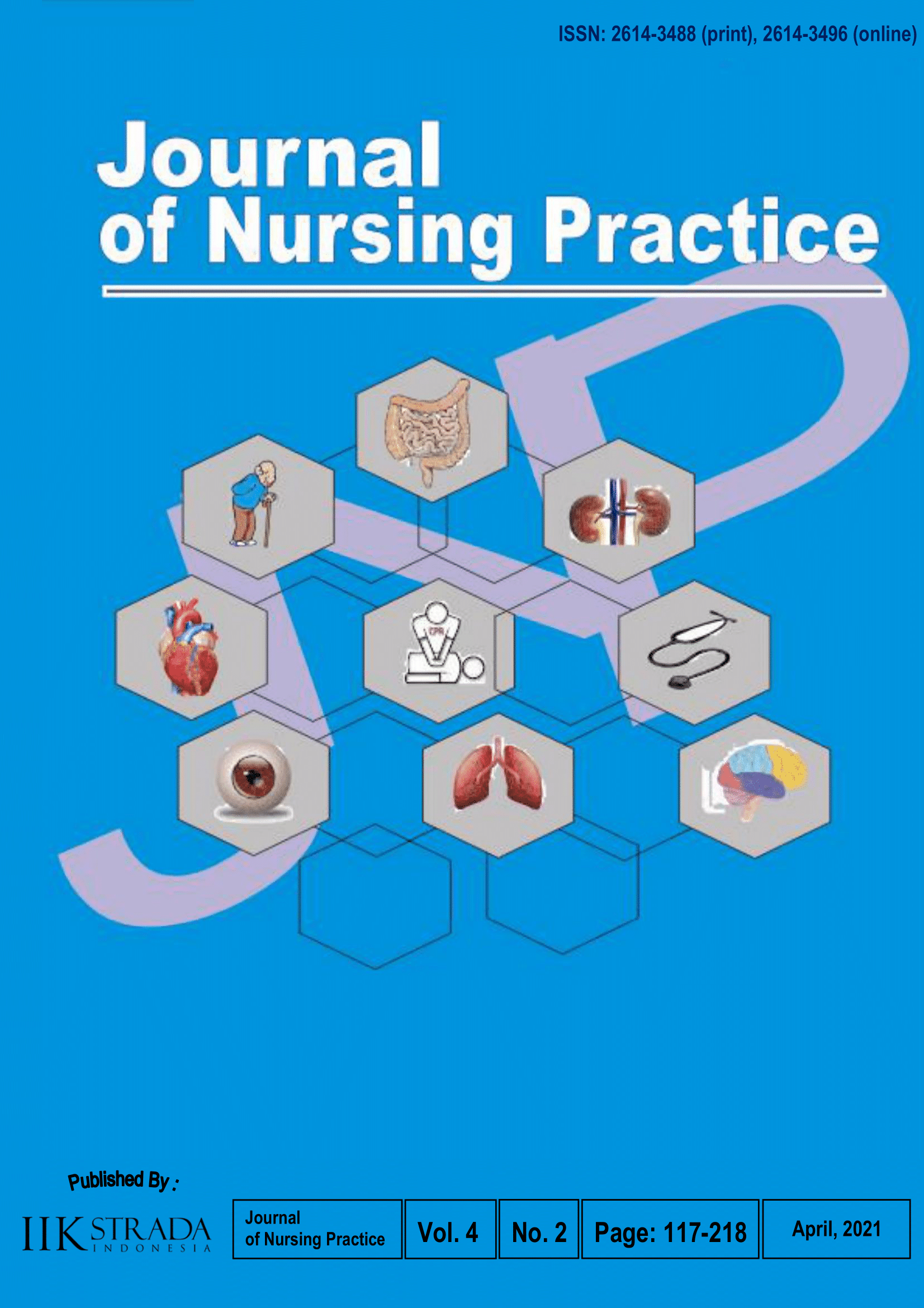A Concept Analysis on Culturally Congruent Care
DOI:
https://doi.org/10.30994/jnp.v4i2.132Keywords:
Culture, Caring, Cultural Competency, Cultural Diversity, Cultural HumilityAbstract
Background: Culturally Congruent is providing quality care that promote cultural competency. This include extreme humility and extreme openness and acceptance of different culture in beliefs, values, and discipline.
Purpose: This study aims to provide quality patient care despite the challenges in the healthcare plans like misinformation, mistrust and misinterpretation. The nurse should provide quality health care that suit to patient culture.
Methods: The method use is a case analysis. The eight steps of this method are: 1) Selecting a concept; 2) Determining the aims or purposes of analysis; 3) Identifying all uses of the concept; 4) Determining the defining attributes of the concept; 5) Constructing a model case; 6) Constructing borderline, contrary, invented, and illegitimate cases; 7) Identifying antecedents and consequences; and 8) Defining empirical references.
Results: The theory of culture care emphasizes in the uniqueness of nursing as a means to know and help the culture in the field of clinical practice. Culturally based care factors are recognized as major influence upon human expressions related to health and illness. The theory also serves as guide to nurses’ thinking, practice and in research development.
Conclusion: Integrating cultural competence models will promote effectiveness in nursing practice.
Downloads
References
Alizadeh, S., Chavan, M., 2016. Cultural Competence Dimensions and Outcomes: A Systematic Review of the Literature. Health Soc. Care. Comm. 24 (6),e117e130. Crossref
Andrews, M. M., & Boyle, J. S. (2019). The Andrews/Boyle Transcultural Interprofessional Practice (TIP) Model. Journal of Transcultural Nursing, 30(4), 323-330. Crossref
Bakhos, C. (2014). The Family of Abraham. Harvard University Press. Book
Brach, C., & Fraserirector, I. (2000). Can cultural competency reduce racial and ethnic health disparities? A review and conceptual model. Medical care research and review, 57(1_suppl), 181-217. Crossref
Campinha-Bacote, J. (2011). Delivering patient-centered care in the midst of a cultural conflict: The role of cultural competence. The Online Journal of Issues in Nursing, 16(2) Crossref
Castelnuovo, A. (2015). Judaism: The Unifying Principles. In Vygotsky & Bernstein in the Light of Jewish Tradition (pp. 62-84). Academic Studies Press. Article
Foronda, C. (2020). A Theory of Cultural Humility. Journal of Transcultural Nursing, 31(1), 7–12. Crossref
Greenberger, C. (2017). Religion, Judaism, and the challenge of maintaining an adequately immunized population. Nursing ethics, 24(6), 653-662. Crossref
Hackett, C., & McClendon, D. (2017). Christians remain world’s largest religious group, but they are declining in Europe. Pew Research Center. Article
Leininger, M. (2002). Culture care theory: A major contribution to advance transcultural nursing knowledge and practices. Journal of transcultural nursing, 13(3), 189-192. Crossref
Mataoui, F. Z., & Sheldon, L. K. (2016). Providing culturally appropriate care to American Muslims with cancer. Clinical journal of oncology nursing, 20(1), 11-12. Crossref
McFarland, M. R., & Wehbe-Alamah, H. B. (2019). Leininger’s theory of culture care diversity and universality: An overview with a historical retrospective and a view toward the future. Journal of Transcultural Nursing, 30(6), 540-557. Crossref
Perng, S. J., & Watson, R. (2012). Construct validation of the nurse cultural competence scale: A hierarchy of abilities. Journal of Clinical Nursing, 21(11?12), 1678-1684. Crossref
Purnell, L. (2002). The Purnell model for cultural competence. Journal of transcultural nursing, 13(3), 193-196. Crossref
Rush, R. A., & Aboul-Enein, B. H. (2016). Health, Healing, and Weil-Being According to the New Testament. ABNF Journal, 27(2). Article
Tapper, C. (2010). Cross & Tapper on evidence. Oxford University Press. Book
Walker, L. O., & Avant, K. C. (2005). Strategies for theory construction in nursing (Vol. 4). Upper Saddle River, NJ: Pearson/Prentice Hall. Article
Downloads
Published
How to Cite
Issue
Section
License
Copyright (c) 2021 Journal Of Nursing Practice

This work is licensed under a Creative Commons Attribution-NonCommercial-ShareAlike 4.0 International License.

This work is licensed under a Creative Commons Attribution-NonCommercial-ShareAlike 4.0 International License.






















